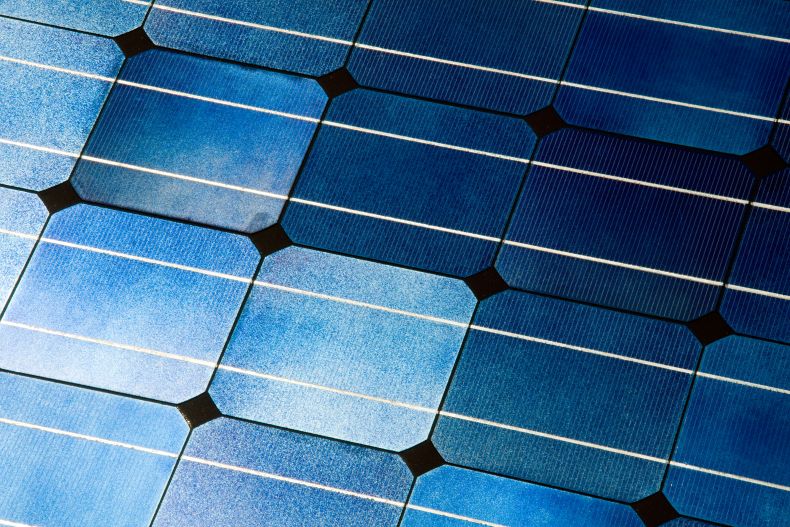Summary:
Russian Scientists find a new manufacturing process for solar cells, that has the potential to increase the efficiency of solar cells to around 40%.
Main Article:

Researchers at Russia’s ITMO University, in St Petersburg, are testing compound A3B5 semiconductors in the manufacture of multi-junction, III-V solar cells.
A3B5 materials are a family of semiconductors including gallium arsenide (GaAs), indium arsenide (InAs), gallium phosphide (GaP), indium phosphide (InP), gallium antimonide (GaSb) and indium antimonide (InSb) which are used as basic materials for electronic and optoelectronic applications.
The ITMO University team says they fabricated the top layer of a small, laboratory prototype solar cell which featured A3B5 materials integrated on a silicon substrate for the first time. They claim the innovation could lead to highly efficient solar cells at considerably lower the cost of solar, as the silicon substrate used in their device was much less expensive than materials used in IIV-V solar cells – so named after the groups of the periodic table the elements concerned occupy.
Perfect match
The researchers said the epitaxial-synthesis-on-silicon-substrate is a difficult manufacturing process as the deposited semiconductor must have the same crystal lattice parameter as silicon. “Roughly speaking, the atoms of this material should be at the same distance from each other as are the silicon atoms,” they said.
GaP is one semiconductor meeting those requirements but the researchers said its light-trapping properties are limited. The gallium phosphide compound, however, when combined with nitrogen, shows direct-band property and strong light-trapping properties as well as being suitable for integration on the silicon substrate. “At the same time, silicon doesn’t just serve as the building material for the photovoltaic layers – it can act as one of the photo-active layers of a solar cell, absorbing light in the infrared range,” the ITMO University team said.
Adding layers
The scientists said the efficiency of solar cells rises as extra photo-active layers are added, and they claim the A3B5 semiconductor can also be used for intermediate layers of the photovoltaic cells. They believe the potential efficiency of solar cells could top 40% if used with concentrating PV technology.
The findings were presented in the paper GaNP-based photovoltaic device integrated on Si substrate, published in Solar Energy Materials and Solar Cells, and on the ScienceDirect website.
Gallium arsenide and other III-V materials are among the best known in terms of potential efficiency of solar cells but the cost of solar has thus far limited them to niche applications such as powering satellites and drones.
Get creative and design your rooftop solar system by going to HahaSmart and using the design DIY tool and see how much the system will cost using the price checker tool.


Input your address to see if it is solar friendly and how much you can save with solar.
Great. Your address is perfect for solar. Solar incentive is still available. Select monthly utility cost and calculate the size of solar system you will need now.
| kw System size | years Payback period | Lifetime savings |
No money down, 100% finance is available.

|
|
Get the Most Efficient Solar Panels on the Market Here! |
Comments